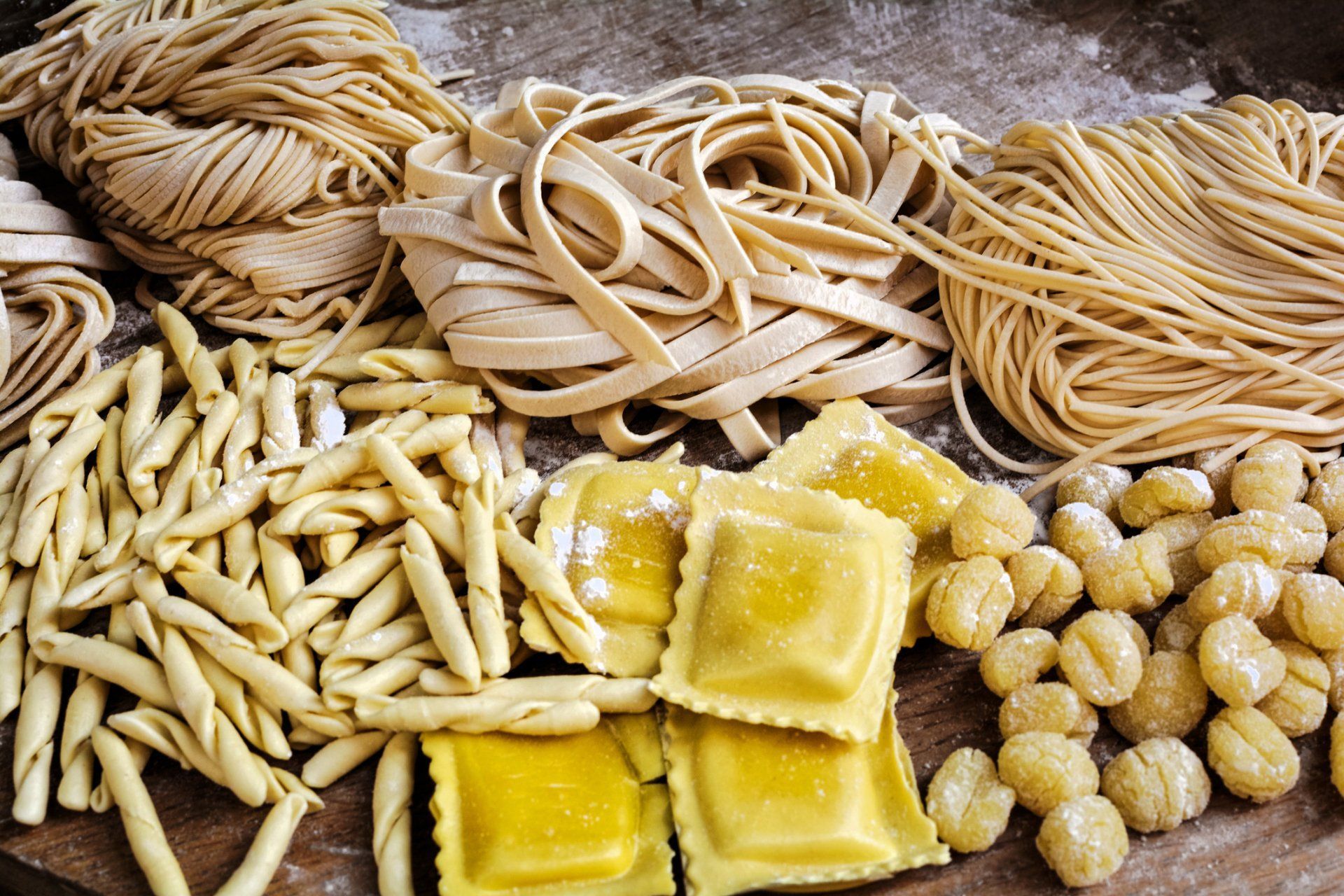5 Italian Sauces to Try
Italians love to include sauces in their dishes that are made using high-quality ingredients like tomatoes, cheese, eggplant, and chili peppers. The sauces featured in Italian cuisine reflect the country's diversity in regional foods, and you can add them to vegetables, meat, or pasta. Explore some rich Italian sauces below.
Pomodoro Sauce
Pomodoro sauce has tomatoes as its base, and it commonly accompanies pasta. Pomodoro translates to golden apple since the first tomatoes in Italy were yellow in color. While tomatoes are now a staple in Italian cuisine, they only became popular in Italy in the 19th and 20th centuries.
In 1790, a Roman chef called Francesco Leonardi included a tomato sauce recipe in the cookbook L'Apicio Moderno. Although tomatoes had existed in Europe from the 1500s, many Italians considered them to be too exotic. Thus, Italian society largely ignored Francesco's culinary discovery.
However, new cultivation methods in the 19th century enabled processing plants to process and export tomatoes easily. As Italians moved away from home, they longed for familiar foods, and the Pomodoro sauce gradually became a staple in Italian cuisine.
Pomodoro sauce commonly features tomatoes, olive oil, basil, salt, and garlic. It's a thick and smooth sauce and has a dark red hue from simmering for hours. However, there are many versions of Pomodoro sauce, and some chefs even add brandy or red wine to the finished sauce.
Bolognese Sauce
Bolognese sauce is a pasta sauce with origins in Bologna, Italy. Initially, the sauce had little or no tomatoes. However, most people add just enough tomatoes to bind the sauce. While there is no authentic recipe for Bolognese sauce, there is much debate over the right ingredients.
The essential ingredients are beef or veal mince, carrots, celery, onions, pancetta or pork mince, butter, and dry wine. The seasoning is minimal, and most chefs only use salt and pepper. In some places, whole milk, chicken liver, or stock enriches the sauce. After slow cooking for hours, the sauce attains a creamy and fragrant texture.
In Bologna, Bolognese sauce accompanies fresh tagliatelle, which chefs prepare with soft wheat flour and eggs. Outside of Italy, the sauce commonly complements spaghetti.
Arrabbiata Sauce
Arrabbiata sauce is a chili-spiked tomato sauce that also includes olive oil and garlic. Arrabbiata translates to angry, which relates to its spiciness and essence. A good Arrabbiata sauce balances the spiciness of chili and the fresh flavor of tomatoes, and you can pair it with red wine to soften the taste.
Traditionally, the sauce accompanies penne pasta, where the pasta's ridges hold the sauce. You can also fill the penne tubes with the sauce for spicy mouthfuls. Traditional Arrabbiata sauce doesn't contain meat, but some recipes add spiced or smoky sausage. Also, many recipes are relatively quick to prepare, making Arrabbiata sauce a great alternative to other sauces that simmer for hours.
Aglio e Olio
Aglio e olio sauce is a pasta sauce that only uses olive oil and garlic, although some people add red pepper flakes for extra spiciness. It commonly accompanies pasta, and you can add grated pecorino or parmesan cheese, or parsley for added flavor. Spaghetti aglio e olio is easy to prepare, making it excellent comfort food.
Pesto
Pesto sauce originates from the Liguria region, where aromatic herbs abound. The traditional recipe features garlic, pine nuts, basil, salt, olive oil, and hard cheese. Outside of Italy, nuts like almond, cashew, hazelnut, walnut, and macadamia often replace pine nuts. Similarly, coriander, dill, spinach, and dill can replace basil.
An authentic Italian meal isn't complete without a rich, creamy sauce. Make a reservation with us at Picano's Italian Grille to try our delightful sauces.
BROWSE OUR WEBSITE
CONTACT INFORMATION
3775 Rochester Rd. Troy, MI 48083
Sunday: 2:00 pm - 9:00 pm
Monday: Closed
Tuesday - Wednesday: 3:30 pm - 9:00 pm
Thursday : 11:30 am - 9:00 pm
Friday: 11:30 am - 10:00 pm
Saturday: 3:30 pm - 10:00 pm
Carryout Hours
Monday: Closed
Tue – Fri: 11:00 am - 9:00 pm
Sat – Sun: 12:00 pm - 9:00 pm
OUR LOCATION


